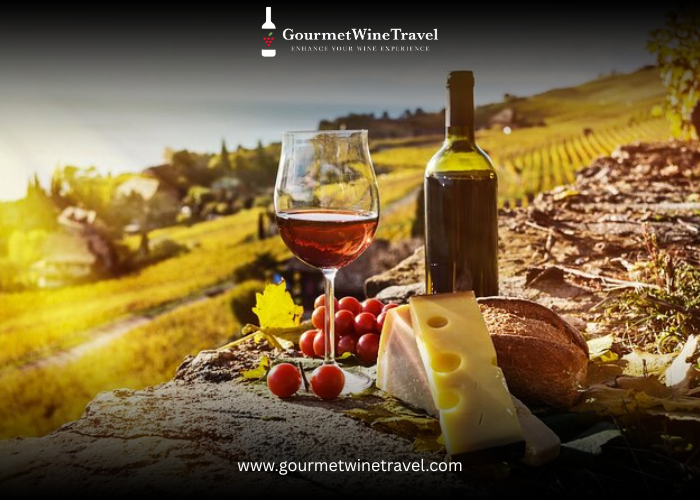
Luxury Wine Tours: Escape to These Hidden Vineyards and Epic Cellar Tastings
Introduction
Imagine stepping off your routine path and into a world where the rolling vines stretch as far as the eye can see, the cellar doors open exclusively for your private group, and every pour comes with a story. That’s the promise of a luxury wine-tour experience arranged by Gourmet Wine Travel — a curated journey into the lesser-known corners of the wine world designed for those who want more than just a glass.
Why Choose a Gourmet Wine Travel Tour?
- Their founder, Armin H. Müller, a certified sommelier and seasoned tour-designer, emphasises immersive, behind-the-scenes access: “You receive a backstage pass” to wineries you’d rarely reach on your own.
- Gourmet Wine Travel combines luxury travel with serious wine knowledge: you’ll leave the tour not only with tastes but also with a deeper understanding of grapes, terroir, pairing, and history.
- No self-drive stress: these tours handle the logistics so you can relax, sip and savour.
- They cover a wide palette of destinations – from classic European regions to rising stars.
A Few Signature Tours You’ll Find
Here are just a handful of the unforgettable itineraries GWT offers:
Georgia 2026 – Cradle of Wine Civilization
Step into the birthplace of winemaking — Georgia, where vines have been cultivated for over 8,000 years. This journey through Kakheti and Tbilisi introduces you to the ancient qvevri method — fermenting wine in clay vessels buried underground — a UNESCO-recognized tradition that produces the country’s famed amber wines. Expect a blend of rustic charm and luxury: private tastings at family-owned estates, vineyard walks through sun-drenched valleys, and intimate dinners featuring regional specialties, such as khachapuri and grilled lamb. Alongside the wine, you’ll discover warm Georgian hospitality and breathtaking views of the Caucasus Mountains, making this tour an unforgettable cultural and sensory immersion.
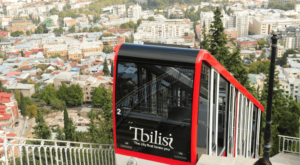
Portugal Alentejo 2025 – Timeless Beauty & Bold Flavours
Experience Portugal’s soulful wine region, Alentejo, where rolling plains meet ancient cork forests and stone villages. This tour blends serenity with sophistication — from exclusive tastings of full-bodied reds and crisp whites shaped by the Atlantic breeze, to private cellar visits in restored monasteries and contemporary estates. Wander through Évora, a UNESCO World Heritage city, indulge in local gastronomy paired perfectly with regional wines, and relax in luxurious countryside hotels. The Alentejo tour by Gourmet Wine Travel captures the authentic heart of Portugal — slow living, deep roots, and wines that tell the story of the land.
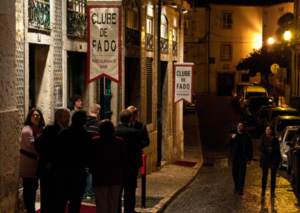
“Highlights of the Portugal – Alentejo tour include golden-hour vineyard walks, private tastings of bold Atlantic-influenced reds and fresh whites, and historic estate lunches— see a glimpse of the unforgettable experience: Visit here
Italy – Veneto, Emilia Romagna, Friuli & Valtellina
Traverse Italy’s diverse northern wine belt, where each region reveals a distinct character. In Veneto, sip elegant Amarone in the hills of Valpolicella; in Emilia Romagna, pair Lambrusco with artisanal cheeses and prosciutto; in Friuli, savour crisp, mineral-driven whites that rival France’s best; and in Valtellina, explore heroic mountain vineyards producing refined Nebbiolo. This multi-regional journey is a feast for both palate and soul — combining exclusive winery access, Michelin-starred dining, and charming accommodations in historical towns. GWT’s Italian itineraries balance indulgence and insight, letting travellers taste Italy’s legendary craftsmanship at its most authentic.
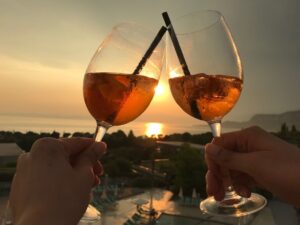
Spain – Catalonia & Rioja
Discover Spain’s rich wine heritage through two of its most expressive regions: Catalonia and Rioja. Begin in Catalonia’s Penedès, the birthplace of Cava, where sparkling traditions meet modern innovation. Visit boutique bodegas tucked into sunlit hills, followed by tastings of bold reds and artisanal whites. Continue to Rioja, Spain’s iconic wine heartland, where centuries-old cellars contrast with striking avant-garde architecture. From barrel tastings of Gran Reserva to dinners in rustic wine caves, each experience blends passion, history, and artistry. This tour encapsulates Spain’s spirit — vibrant, refined, and full of flavour — crafted for travellers who appreciate depth and discovery.

“Highlights of the Spain – Catalonia & Rioja tour include golden-hour vineyard walks, private tastings of bold Atlantic-influenced reds and fresh whites, and historic estate lunches— see a glimpse of the unforgettable experience: Visit here
What Makes These “Hidden” Vineyards So Special?
- Off-beat & Boutique: Instead of only the famous estates, you visit smaller, less-crowded producers, which means more direct interaction with winemakers.
- Intimate Experiences: Think private cellar tastings, vineyard walks, often small groups so you’re not one among hundreds.
- Territory & Story: Beyond the wine, you’ll learn the land, the grapes, the people behind each sip — the story enriches the taste.
- Relaxed Luxury: The focus is on enjoyment and depth rather than speed and quantity — luxury travel meets wine connoisseurship.
Who Is It For?
- Wine lovers who crave more than a casual tasting — you want meaningful wine education + luxury travel.
- Travellers looking for exclusivity and highly organised logistics (so you don’t waste time planning).
- Couples, small groups, or even corporate teams want an elegant, immersive wine journey.
- Anyone who appreciates the story behind the bottle — the land, the maker, the moment.
Tips for Booking & Preparation
- Book early: Since many of these tours are small-group and exclusive, slots can fill quickly.
- Clarify what’s included: Transfers, luxury lodging, tastings, meals – ensure you know. Gourmet Wine Travel emphasises that their tours are “absolutely perfectly organised.
- Be ready to explore: Some vineyard terrain might be uneven; comfortable shoes help.
- Know your level: Whether you’re a wine novice or experienced aficionado, mention this so the tasting can be tuned accordingly.

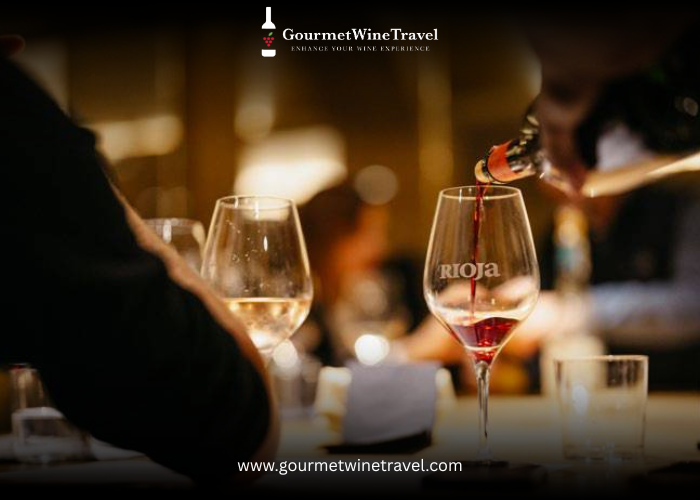
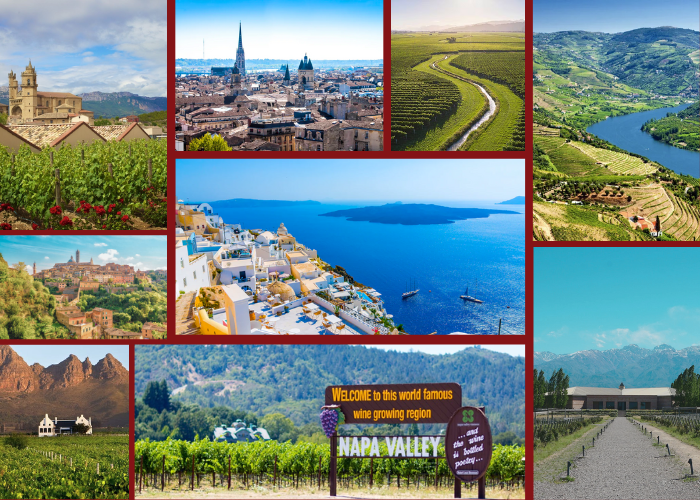
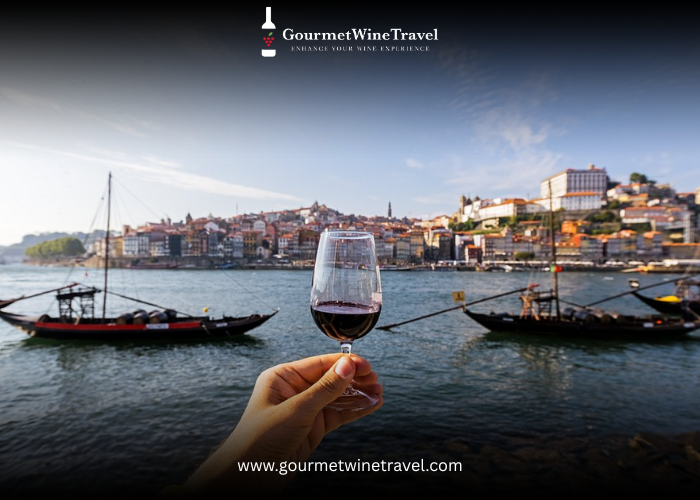
Recent Comments